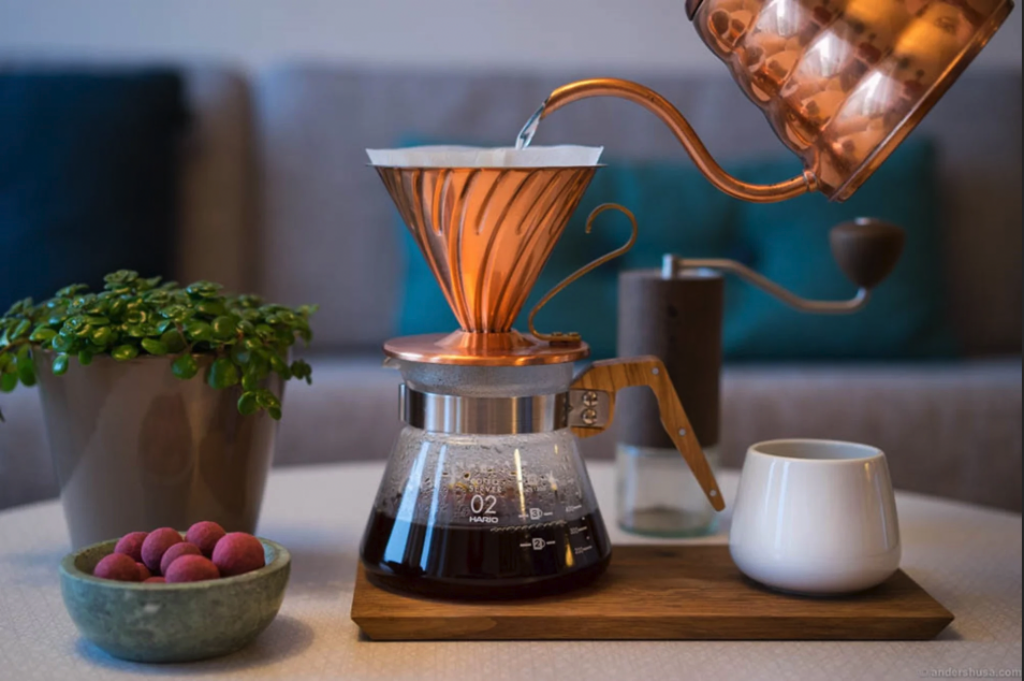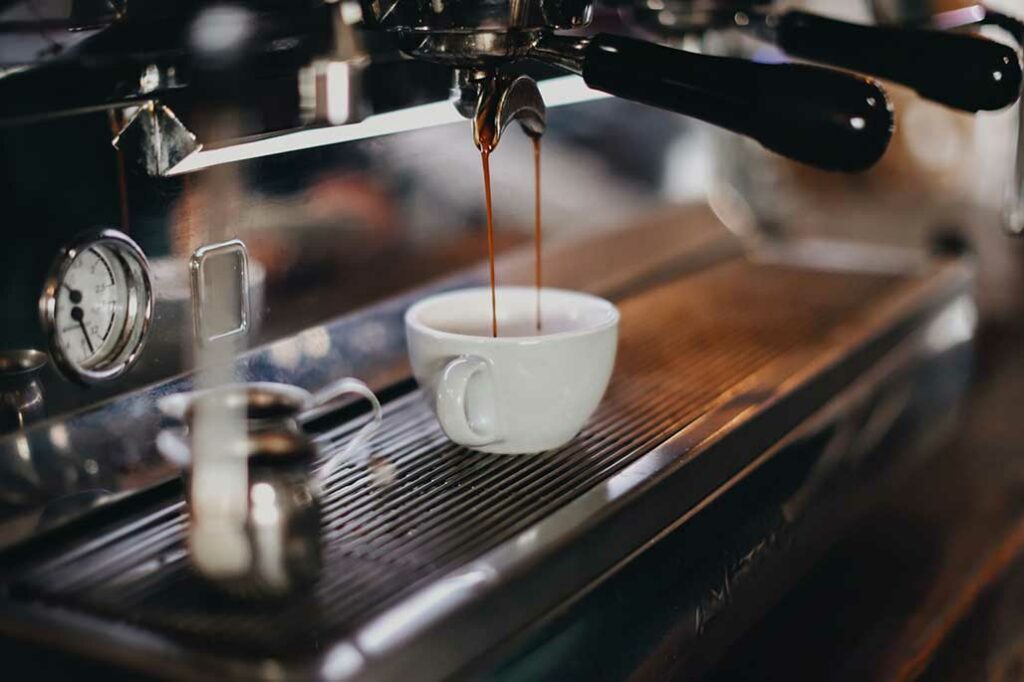Brewing coffee is an art that combines science with personal preference. Whether you’re new to making coffee at home or looking to refine your technique, mastering the fundamentals can elevate your daily coffee experience. This guide covers various methods and tips to help you brew delicious coffee right in your kitchen.
Understanding Coffee Basics
Before diving into brewing methods, it’s essential to understand a few key elements that influence the taste and quality of your coffee:
- Coffee Beans: The type of beans you choose (Arabica, Robusta, etc.), their origin, roast level (light, medium, dark), and freshness significantly impact flavor.
- Grind Size: The grind size determines how quickly the coffee extracts flavors during brewing. Different methods require different grind sizes (coarser for French press, finer for espresso).
- Water Quality: Coffee is about 98% water, so its quality matters. Use filtered water for the best results, as tap water with strong flavors or chlorine can affect taste.
- Ratio: The ratio of coffee to water (e.g., 1:16 or 1 gram of coffee to 16 grams of water) affects strength and flavor. Experiment to find your preferred balance.
- Brewing Time and Temperature: Each brewing method has an ideal temperature and time for extraction. Consistency here helps achieve consistent results.
Brewing Methods
There are several popular brewing methods, each offering a unique way to extract flavors from coffee beans. Here’s how to master some of the most common ones:
1. Drip Coffee (Automatic Coffee Maker)

Equipment Needed: Automatic coffee maker, coffee filter, coffee grounds.
Steps:
- Prepare: Fill the reservoir with water and place a coffee filter in the basket.
- Measure: Add the appropriate amount of coffee grounds based on the machine’s capacity.
- Brew: Start the machine and let it run through its brewing cycle.
Tips: Use fresh, medium-coarse ground coffee. Clean your coffee maker regularly to prevent buildup that can affect taste.
2. French Press

Equipment Needed: French press, coarse ground coffee, hot water.
Steps:
- Measure: Add coffee grounds to the French press (typically 1 tablespoon per 4 ounces of water).
- Add Water: Pour hot water (just off the boil) over the grounds, ensuring all are saturated.
- Steep: Place the lid on the French press without pressing down and let it steep for about 4 minutes.
- Press and Pour: Slowly press down the plunger to separate the grounds from the brewed coffee, then pour and enjoy.
Tips: Use a coarse grind to prevent sediment in your coffee. Experiment with steeping times to adjust the strength of your brew.
3. Pour Over (e.g., Hario V60)

Equipment Needed: Pour-over dripper (e.g., Hario V60), paper filter, coffee kettle, medium-fine ground coffee.
Steps:
- Boil Water: Heat water to just below boiling (around 200°F).
- Prepare Filter and Coffee: Place a filter in the dripper and rinse with hot water to remove paper taste. Add coffee grounds (about 1:16 coffee to water ratio).
- Bloom: Pour a small amount of water over the grounds to saturate them evenly and let it bloom for 30 seconds.
- Pour: Slowly pour the remaining water in a circular motion, ensuring all grounds are evenly soaked.
- Serve: Remove the dripper once the coffee has fully brewed, typically 2-4 minutes depending on grind size.
Tips: Practice a steady pour to maintain an even extraction. Adjust grind size and pouring technique to control brew strength.
4. Espresso (Using Espresso Machine)

Equipment Needed: Espresso machine, espresso beans, grinder, tamper.
Steps:
- Grind: Grind espresso beans to a fine consistency.
- Preheat and Prep: Preheat the espresso machine and portafilter. Tamp the coffee grounds firmly into the portafilter basket.
- Brew: Lock the portafilter into the machine and start the brewing process. A standard shot is around 1 ounce and takes about 25-30 seconds.
- Serve: Enjoy as is or use as a base for drinks like lattes or cappuccinos.
Tips: Invest in a quality grinder for consistent espresso extraction. Practice tamping to ensure even distribution of coffee grounds.
Additional Tips for Better Coffee
- Freshness: Use freshly roasted coffee beans within 1-2 weeks for optimal flavor.
- Storage: Store beans in an airtight container in a cool, dark place to preserve freshness.
- Experiment: Adjust variables like grind size, water temperature, and brew time to suit your taste preferences.
- Cleanliness: Regularly clean your brewing equipment to prevent buildup that can affect taste.
Conclusion
Brewing coffee at home is a rewarding experience that allows you to tailor each cup to your preferences. Whether you prefer the simplicity of a drip coffee maker or the hands-on approach of a pour-over, understanding the basics and practicing techniques will help you master the art of brewing. Start with the method that intrigues you the most, experiment with different variables, and enjoy discovering the nuances of coffee flavors. With time and practice, you’ll become a skilled home barista capable of brewing delicious coffee every time.


